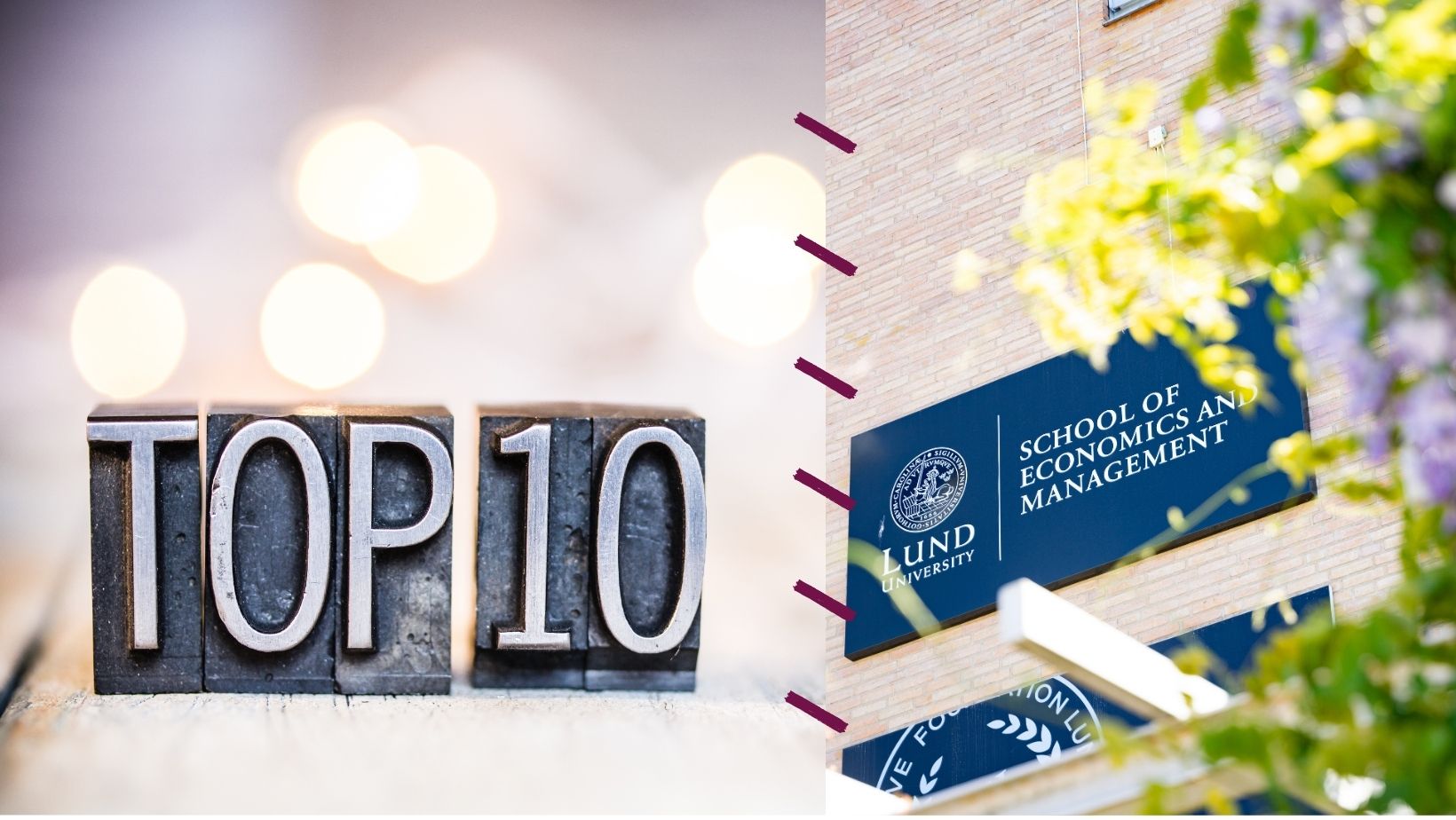This article has been translated with DeepL.
Digital innovations key to sustainable agriculture – or?
- Published: 16 May 2023,
- 12:00 AM
- Updated: 16 May 2023,
- 12:30 PM

Many farmers are working on digitalization to become environmentally sustainable. But a new paper shows that commercial pressures are making the transition more difficult.
The food industry in general is facing increasing costs, reduced reliability due to unpredictable weather conditions and changing food demand. In addition, the number of people is increasing and our behaviors are changing.
– There are many stressors that require industry to produce more food that is also better for the environment – while keeping farms profitable. So it is not surprising that people are looking for technical solutions,” says Maria Bustamante of the Stockholm School of Economics.
Debate on digitalization

In her doctoral thesis, she studied sustainability and digitalization in the food industry. She has paid particular attention to the different values that digital technologies claim to bring – such as economic, social and environmental sustainability. Maria Bustamante says that on the one hand, there are actors, including businesses and policy makers, who see digital technology as the key to achieving the goal of producing more with less damage. But that there are also critics.
– Some researchers and practitioners argue that there is too little evidence that digitalization can meet the expectations placed on it in terms of sustainability. This means that the value of digital technologies in the agri-food sector is uncertain. The question is – will it be used to replace the old methods, or to make current methods more effective?
Vertical farming and digital platform
Maria Bustamante studied the emergence of two types of digital technologies in the Swedish food industry – vertical farming and a digital platform for data sharing. Vertical farming involves farming in a controlled indoor environment. You control all aspects of the growing process, such as light, nutrients and other environmental factors.
– “I followed the journey of three vertical farms and talked to retailers and investors to understand how others in the ecosystem evaluate the products and technology,” says Maria Bustamante.
– And to understand how the digital platform was valuable to the industry and its own operations, I spoke to the four largest agricultural cooperatives that initiated the project.
Ambition exists but is lost
In both cases, she explored what aspects of digital technology were important to stakeholders, what measurable and non-measurable values they took into account, and how it could make them re-evaluate their own practices.
– Many players in the industry think about other values besides economic ones, but as they approach commercialization, they fall back on established ways of determining value, which often involve price and efficiency. In other words, priority is given to the values that can be measured. While others that are more difficult to measure, such as biodiversity, become less important.
Is it even possible to have an economically, socially and environmentally sustainable agricultural sector – is it a reasonable combination?
– When you consider that we are talking about food, a basic need, I don’t think it is an unreasonable combination. But it is not easy. We need to think about innovation in a different way. Usually, we first think about it from a technical perspective, which then leads to a change in perceptions, mission and business model. But if we instead start with values and beliefs and use that to drive technological development, the outcome of the innovation process will be different than in many cases today,” says Maria Bustamante.
Contact maria.bustamante@hhs.se
More about the thesis
Maria Bustamante recently defended her PhD at the Stockholm School of Economics with the thesis Agricultural Intelligence: Valuing Digital Technology in the Agri-Food Sector Transition to Sustainability. It is available in PDF format.



